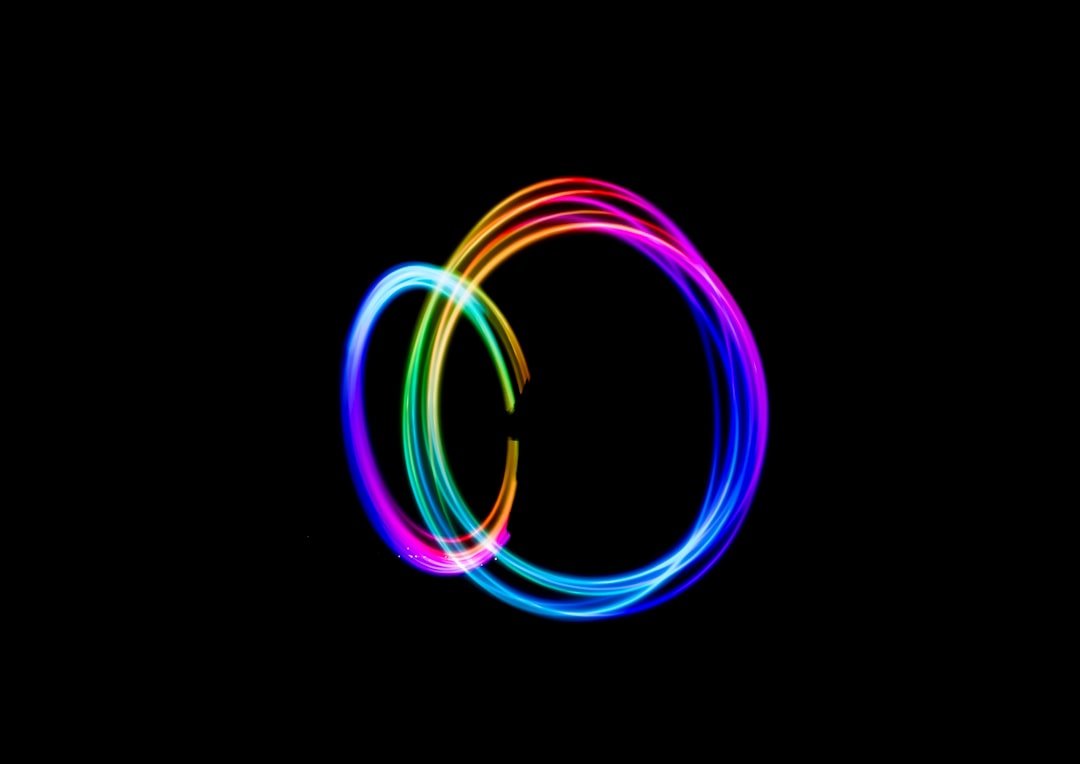What is it about?
This study reports on the isolation of high aspect ratio nanocellulose from an arid grass source commonly called “spinifex”, Triodia pungens, via an optimised sulfuric acid hydrolysis protocol.
Featured Image
Why is it important?
During the last two decades, work surrounding the preparation of a vast array of cellulose nanomaterials from both wood and non-wood based sources has steadily intensified. The unique attributes of T. pungens have enabled pulping and bleaching under milder conditions than used in typically reported protocols, followed by relatively easy deconstruction into nanofibres with an unprecedentedly high aspect ratio. Hydrolysis of bleached T. pungens under these optimised processing conditions has yielded nanocellulose with a very high aspect ratio of 144 (average dimensions of 3.45 ± 1 nm × 497 ± 106 nm), a crystallinity of 73% and a production yield of 42%.
Perspectives
Based on the spectroscopic and X-ray scattering analyses, an unusually high content of hemicellulose (42%) is correlated with both the ease of deconstruction and the retention of nanocellulose length. This high hemicellulose content also appears to give rise to a lower transverse stiffness than previously-reported values for wood sources.
Dr Pratheep K Annamalai
University of Queensland
Read the Original
This page is a summary of: High aspect ratio nanocellulose from an extremophile spinifex grass by controlled acid hydrolysis, Cellulose, June 2017, Springer Science + Business Media,
DOI: 10.1007/s10570-017-1379-6.
You can read the full text:
Contributors
The following have contributed to this page










